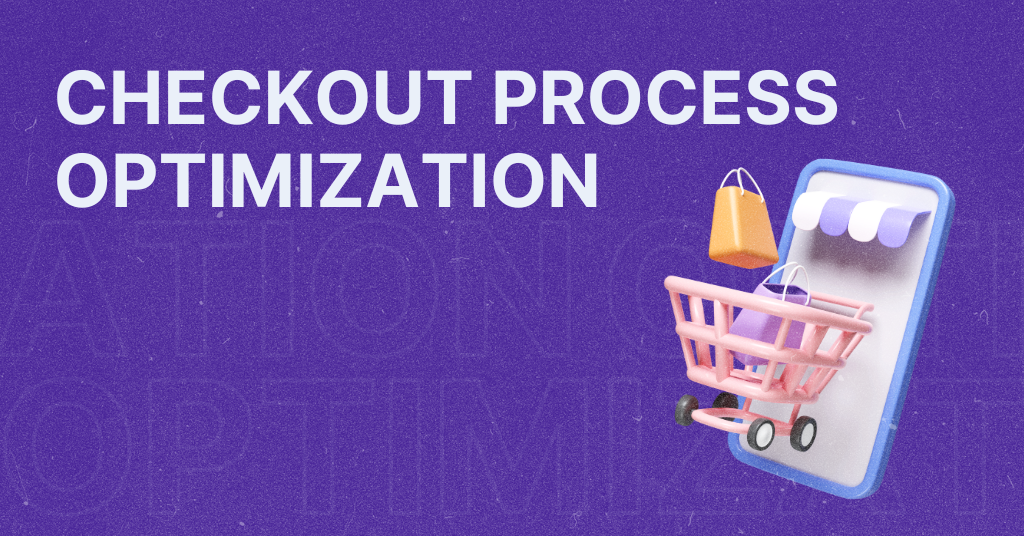
E-commerce metrics guide for growth
Have you ever wondered how e-commerce businesses stay ahead of the game? Well, it all comes down to key metrics. These sneaky numbers are like secret weapons that drive online success. By paying attention to them, e-commerce businesses can make smarter decisions. It’s like having a trusted GPS guiding them toward e-commerce greatness.
The three most important e-commerce metrics
Success begins with a solid foundation built on essential metrics. These metrics serve as the guiding compass for businesses. They provide invaluable insights into performance, customer behavior, and overall profitability. By tracking these metrics, businesses can make informed decisions and drive growth. Metrics set businesses on a path to achieving their goals in the online shopping world.
From visitors to customers
The conversion rate is a vital metric that indicates the percentage of website visitors who take a desired action, such as making a purchase.
How to calculate the conversion rate?
Divide the number of conversions (completed actions) by the total website visitors multiplied by 100.
The conversion rate evaluates marketing effectiveness, website design, and user experience. The conversion rate can be increased by:
– optimizing landing pages,
– and creating compelling calls-to-action (CTAs).
If the overall user experience is good, it will positively affect the conversion rate.
Money, money, money
The average order value (AOV) reveals how much customers spend in one transaction.
How to calculate the average order value?
Divide the total revenue by the number of transactions. A high AOV is desirable as it allows businesses to maximize revenue without solely relying on acquiring new customers.
To increase the AOV, businesses can employ various tactics. Some of them are:
– cross-selling products,
– upselling higher-value options,
– and offering product bundles.
These strategies encourage customers to spend more during each transaction. The results are increased revenue and improved profitability.
How much money do you spend on one customer?
The customer acquisition cost (CAC) metric measures the cost of acquiring a new customer.
How to calculate the customer acquisition cost?
Divide the total marketing and sales expenses by the number of new customers acquired during a specific period. CAC helps to assess the efficiency of marketing campaigns and allocate resources wisely. A lower CAC is desirable as it indicates more cost-effective customer acquisition.
To lower CAC, businesses can:
– implement referral programs to encourage word-of-mouth marketing,
– create targeted advertising to reach the right audience,
– and collaborate with influencers to expand their reach.
These techniques all help to get new customers at a lower cost.
Customer-centric metrics
Customer satisfaction and loyalty are paramount. Businesses need to focus on customer-centric metrics to understand and serve customers better. These metrics provide valuable insights into customer behavior. Understanding behavior enables businesses to tailor their strategies. Let’s see which customer-centric metrics can help to build relationships and drive growth.
Can you measure long-term profitability from one customer?
Customer lifetime value (CLV) is a metric that measures the total value a customer brings to a business over their full commitment.
How to calculate customer lifetime value?
First, multiply the average purchase value by the average purchase frequency. Then, multiply the result by the average customer lifespan. CLV provides deep insights into customer profitability and helps businesses make informed decisions.
To increase CLV, businesses can:
– focus on personalization,
– deliver exceptional customer experiences,
– implement customer retention strategies,
– and offer loyalty programs.
Nurturing long-term relationships maximizes customer lifetime value and drives sustainable growth.
Loyal customers act as boomerangs
The repeat purchase rate (RPR) measures the percentage of customers who make multiple purchases.
How to calculate the repeat purchase rate?
Divide the number of repeat customers by the total number of customers multiplied by 100. A high repeat purchase rate strongly indicates customer loyalty and satisfaction.
To encourage repeat purchases, businesses can:
– create email marketing campaigns,
– engage customers through personalized communication,
– and provide exceptional service that exceeds expectations.
Ongoing engagement and loyalty increase the number of repeat purchases. More importantly, it builds a loyal customer base and drives revenue growth.
The never-ending fight for customers
The customer churn rate represents the percentage of customers who stop buying from one business within a given period. It is the opposite of customer retention. Reducing churn is vital for sustained business success.
To combat churn, businesses must:
– improve customer support,
– enhance product quality,
– and conduct post-purchase surveys to gather feedback and address issues promptly. Customer satisfaction and actively working to reduce churn, build a solid base of loyal customers.
Metrics for website optimization
User experience is a significant factor in determining the success of an e-commerce website. Optimizing key e-commerce metrics related to user experience creates an engaging online environment. Let’s explore which metrics help in developing strategies for website optimization.
Analyzing user engagement
The bounce rate represents the percentage of visitors who leave a website without exploring other pages. A high bounce rate often indicates a lack of engagement. It can negatively impact conversion rates.
To enhance user engagement and reduce bounce rates, businesses should:
– improve site speed,
– streamline navigation,
– and deliver relevant and engaging content. The user-friendly experience encourages visitors to explore further on a website.
Lost sales opportunities
The cart abandonment rate measures the percentage of users who add items to their shopping cart but don’t complete the purchase. This metric highlights missed revenue opportunities.
To reduce cart abandonment, businesses can implement strategies such as:
– simplifying the checkout process,
– offering incentives like free shipping or discounts,
– implementing retargeting campaigns to remind customers of their abandoned carts,
– and utilizing exit intent pop-ups to capture customer attention.
Mobile conversion rate
With the increasing use of smartphones, the mobile conversion rate has become a vital metric for e-commerce success. It measures the percentage of visitors who purchase using a mobile device. As mobile usage grows, businesses must optimize their websites for mobile devices.
Tactics for mobile optimization include:
– implementing responsive design to adapt to different screen sizes,
– optimizing the mobile checkout process for simplicity and ease,
– and considering mobile app development for a dedicated mobile shopping experience.
If most of your customers come from mobile devices, you should read this article to find more ways to improve mobile conversion rates.
E-commerce analytics tools
Analytics has the power to understand customer behavior and make data-driven decisions. Let’s see which tools and techniques provide valuable insights for your e-commerce business.
Google Analytics and e-commerce
For user engagement and web performance, Google Analytics is a powerhouse. It overviews various metrics, including traffic sources, user behavior, and conversion rates. Key reports and features in Google Analytics provide valuable insights. Customer journey, product performance, and conversion funnels are no longer in the dark.
One of the key reports is the “Behavior Flow” report, which visualizes the path users take on a website. It allows businesses to understand how users navigate through the website. It helps identify popular pages and pinpoint areas where users might drop off. Using it, businesses can optimize their website structure and improve user experience.
The “Product Performance” report allows businesses to analyze the performance of individual products. It shows revenue, quantity sold, and conversion rates for each product. It helps in optimizing inventory management and prioritizing high-performing products.
Conversion funnels are so important for e-commerce businesses. The “Goal Funnel Visualization” report tracks and analyzes user behavior. This report visualizes users’ steps to complete a desired action, such as purchasing. If you fix drop-off points in the funnel, you can streamline the checkout process.
The introduction of Google Analytics 4 brings enhanced features like:
– cross-platform tracking,
– deeper integration with Google Ads,
– and improved machine learning capabilities. It enables businesses to gain insights and understand user behavior across all devices and channels.
Advanced analytics for e-commerce
Beyond traditional analytics, advanced analytics platforms open doors to deeper insights. These platforms use sophisticated techniques. Predictive analytics and machine learning can spot hidden patterns and trends in large datasets. In e-commerce, advanced analytics can help in the following:
– forecasting customer demand,
– optimizing pricing strategies and personalizing recommendations,
– and detect fraud. These advanced techniques help in gaining a competitive edge and drive revenue growth.
Conclusion
The numbers hold the key to understanding customer behavior. Each metric provides unique insights and actionable strategies to increase revenue.
Businesses can optimize their websites by focusing on user experience metrics. Use analytical tools. You can get deeper into the data and make informed decisions to stay ahead of the competition.
So, e-commerce business owners, embrace the power of data! Pay attention to the numbers, and let analytics drive your success story.
Let’s book a 30-min mobile strategy session and give your shop a boost.
Let’s book a 30-min mobile strategy session and give your shop a boost.


